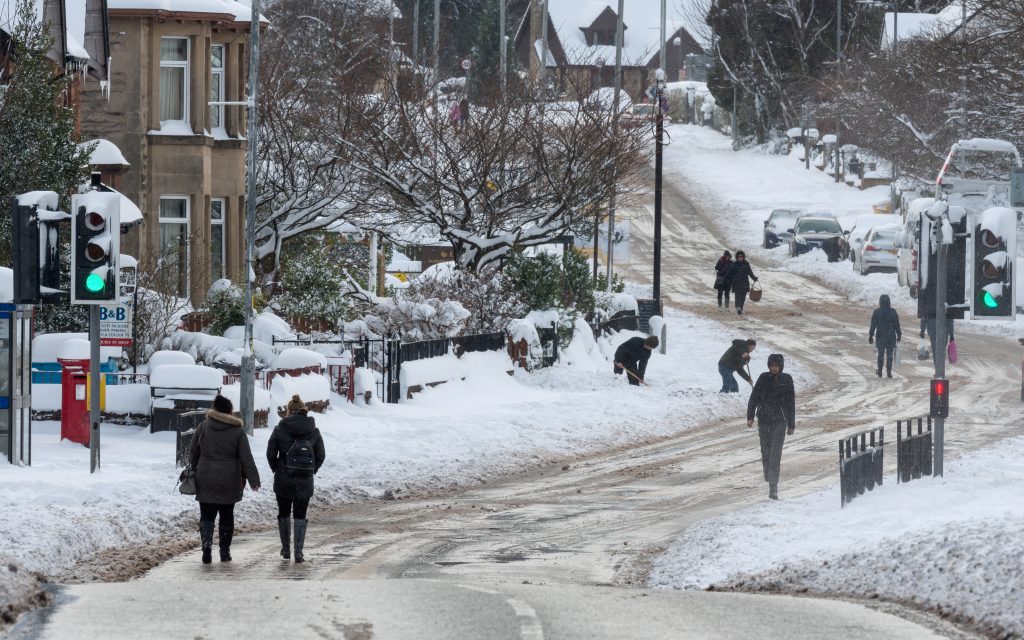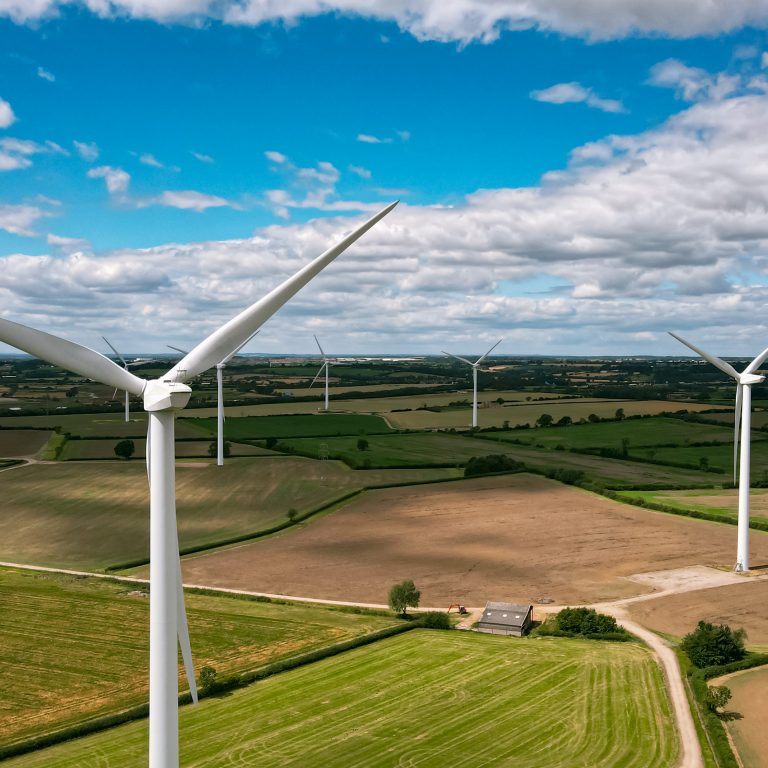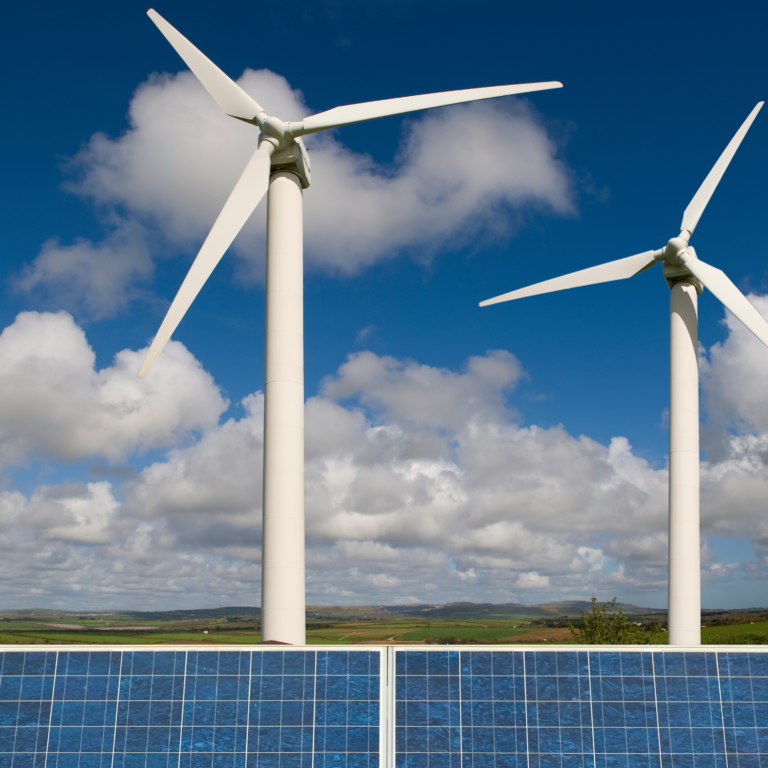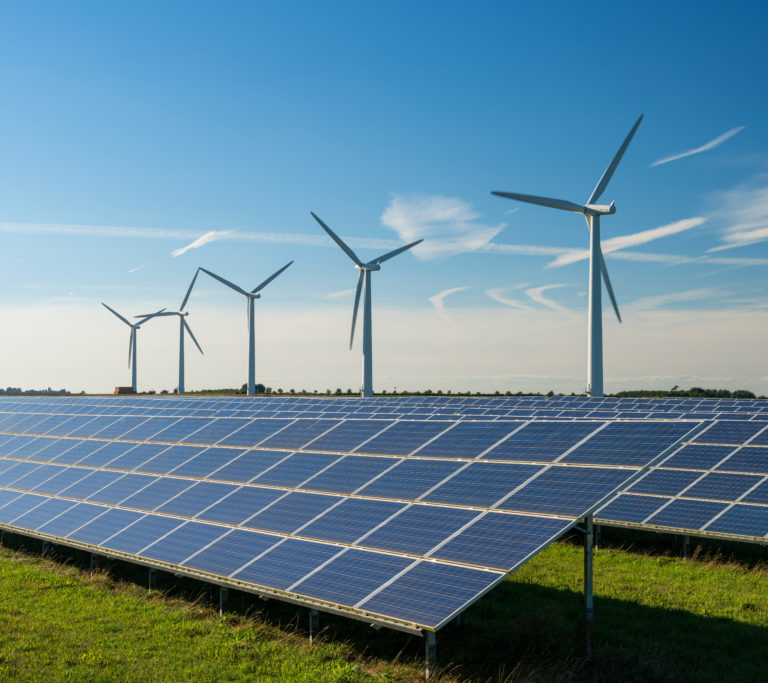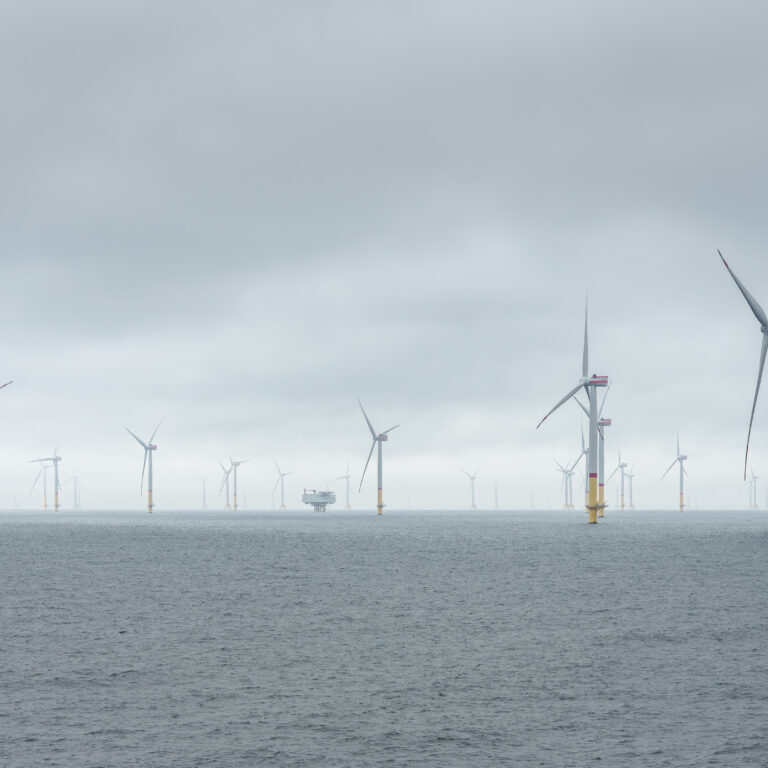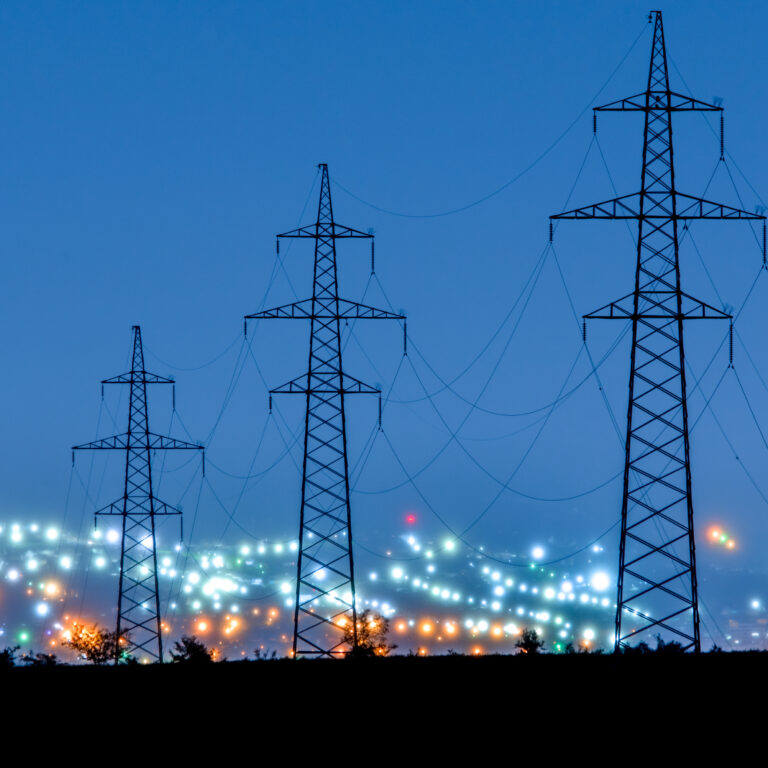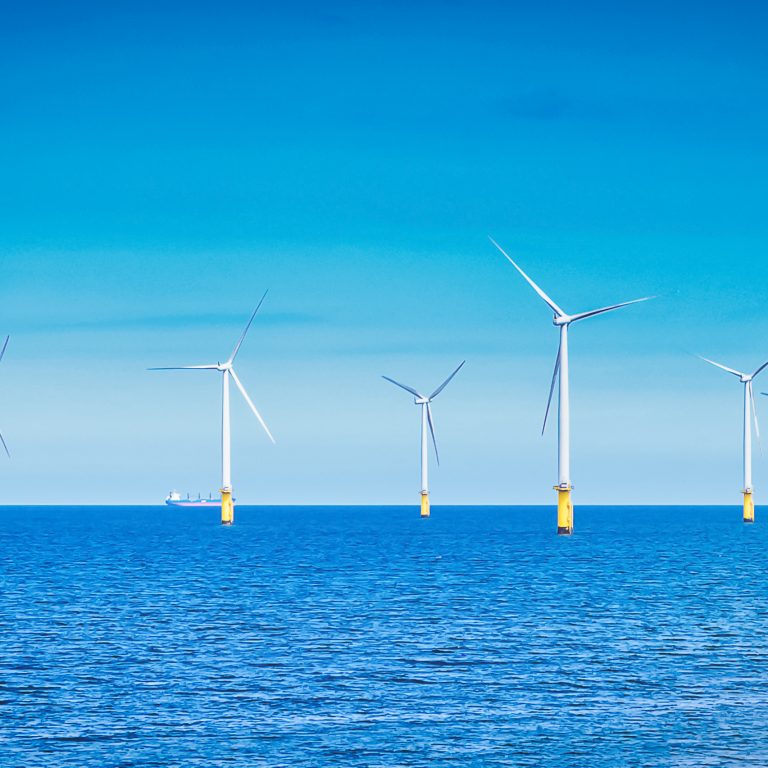As summer arrives in Great Britain, bringing the hottest May Day Bank Holiday on record, it’s hard to believe March saw the coldest spring day since records began. But that’s exactly what happened during the six days the ‘Beast from the East’ hit Europe.
From 26 February to 3 March Great Britain’s weather sunk to a once-in-a-decade level of cold, dipping on 1 March when thermometers dropped to an average of -3.8 degrees Celsius across central England. These extreme conditions drove electricity demand up 10%, as darker days required extra lighting and more people plugged in energy-intensive electric heaters to keep warm.
After successive years of milder winters, January to March made for a period in which the weather played a pivotal role in dictating how the country’s electricity was generated, according to Electric Insights, a quarterly report commissioned by Drax and written by researchers from Imperial College London.
The report highlights how despite the storm disrupting power transmission in parts of the country, and sensationalist headlines suggesting lights could go out at any moment, the electricity system held up well in the adverse conditions.
The Beast from the East tests energy security
The sub-zero temperatures, brutal wind and Siberian-level snow blizzards that hit Great Britain for six days between February and March proved a real test for the electricity system. The evening of 1 March saw demand reach 53.3 GW – its highest peak in three years. This had a knock-on effect on the hour-ahead price of electricity, which was 50% higher during March than the same period in 2017.
The weather had a notable impact on the types of generation needed to power the county, with fossil fuels playing an important role at the expense of carbon emission levels. Over the six-day cold spell, fossil fuels averaged between 20-25 GW of electricity generation.
Coal accounted for almost 10% of the total electricity mix across the quarter, in part because of rising gas prices, which made it a more economical fuel. Gas, however, remained the biggest power source accounting for just shy of 40% of all electricity.
What is most significant about this Q1 2018 fossil fuel usage, is that even in such extreme weather, coal and gas generation was still 16% and 2% lower, respectively, than the same quarter in 2017.
This drop is the result of increased renewable capacity allowing wind generation to grow by almost 40% and make up just short of 20% of the electricity mix.
Read the full articles here:
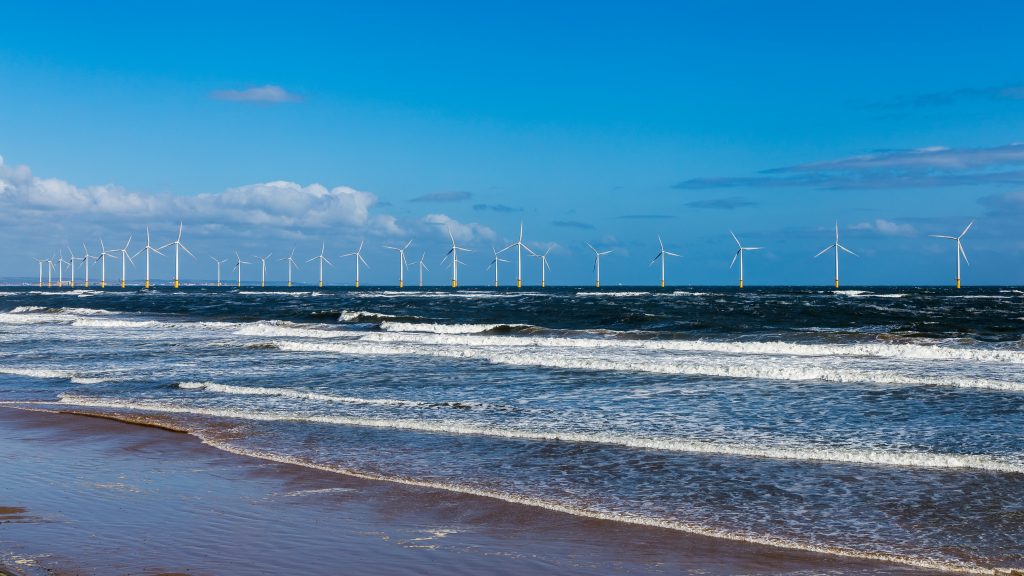
Rampant wind leads renewable generation
The conditions brought by the storm where particularly favourable to wind generation, which hit new peak-generation levels of 13 GW on 17 January and then 14 GW on 17 March. Over the full quarter wind power production reached 15,560 GWh, 30 GWh more than nuclear, the nearest low carbon source. This increase comes in part as a result of a 19% increase in installed capacity around the country since Q1 2017, but also thanks to the grid getting better at making use of it.
During the six sub-zero days of the quarter, wind contributed a minimum of 4.4 GW, crucial at a time when other power sources appeared vulnerable. For example, heavy snowfall blocked solar panels from the sun leaving it contributing just 2% of the electricity mix over the quarter.
Nuclear power fared better and made up just shy of 20% of generation, but was held back by two routine reactor maintenances while a third shut on the quarter’s coldest day due to seaweed clogging a plant’s cooling system. Biomass ran solidly throughout the cold spell, contributing 4% of the total electricity generation mix.
The opening of a new 2.2 GW cable connecting Scotland – where there is 7.7 GW of installed capacity – to North Wales saved National Grid some £9 million a month in constraint payments across the first quarter.
Read the full articles:

Did the country almost run out of gas?
One of the most headline-grabbing events from the cold spell was National Grid’s decision to issue a ‘Gas Deficit Warning’ on the morning of 1 March, suggesting supplies could run out before the end of the day.
With 83% of British households depending on gas for heating and gas turbines accounting for a significant portion of the country’s electricity generation, the announcement drew considerable press attention.
However, National Grid explained domestic gas users would unlikely be impacted and it would work with industrial partners to make more gas available to meet demand. This clearly had the desired effect, with as much as 19 GW of spare gas capacity ending up available that day. The warning was withdrawn the following morning and gas generation averaged 11 GW, more than any other source, between 26 February and 3 March.
Nevertheless, European-wide demand for gas sent prices soaring and making it more economical to burn coal, which generated roughly 10 GW a day on average over the six-day period of 26 February to 3 March.
Read the full article: Running low on gas
The extreme weather of Q1 2018 highlighted the stability of Great Britain’s overall power system. But even as the country continues to move towards greater renewable generation, fossil fuels continue to play an important part of electricity mix when demand peaks.
Explore the data in detail by visiting ElectricInsights.co.uk. Read the full report.
Commissioned by Drax, Electric Insights is produced independently by a team of academics from Imperial College London, led by Dr Iain Staffell and facilitated by the College’s consultancy company – Imperial Consultants.








